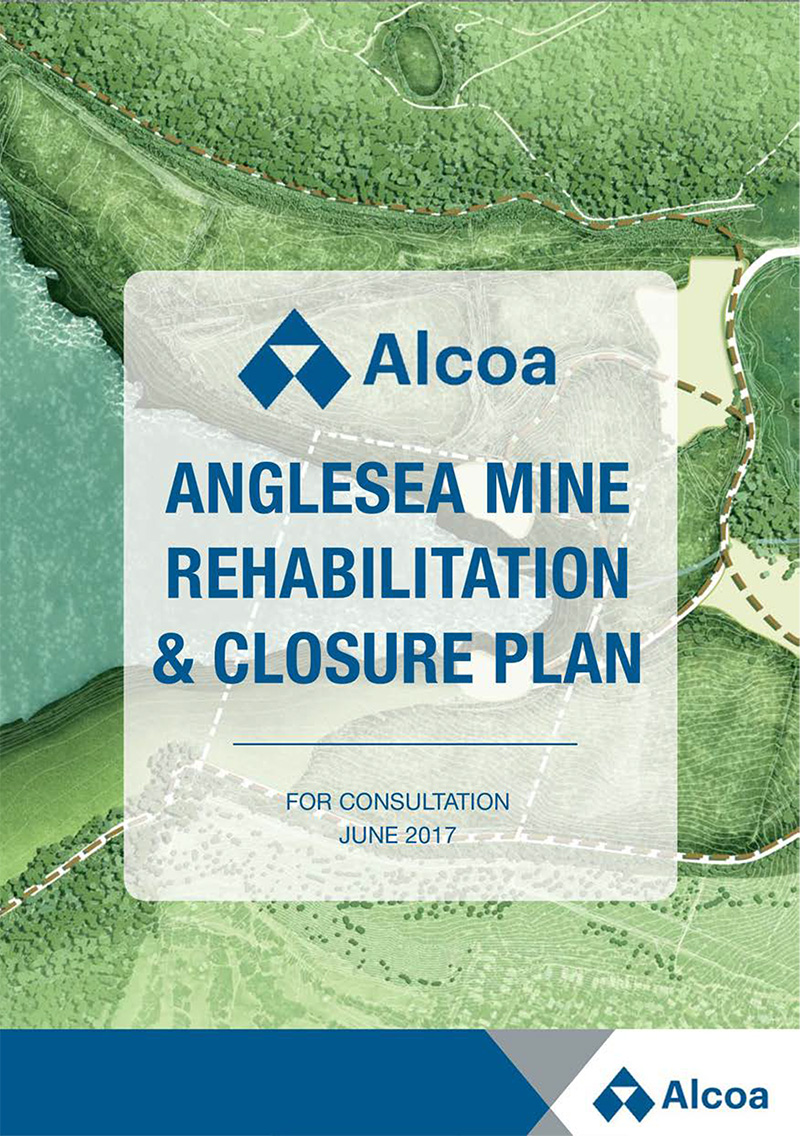Anglesea Mine Rehabilitation and Closure
Mine Rehabilitation and Closure
Throughout our 46 years of mine operations in Anglesea, we were driven by a strong commitment to employee and community health and safety, and protection of the environment. This commitment continues today and guides our rehabilitation and closure activities which are set to ensure a safe, stable and sustainable landform, enabling community use.
We are consulting Traditional Owners, the local community and government regulators in developing our rehabilitation strategy, with our work strongly aligning with the guiding principles developed with the community and key stakeholders in 2016.
The final Anglesea Mine Rehabilitation and Closure Plan will be approved by the Victorian Government’s Earth Resources Regulation. Key referring agencies include the Department of Energy, Environment and Climate Action, EPA Victoria and Southern Rural Water. Corangamite Catchment Management Authority and Barwon Water are also identified as key stakeholders.
